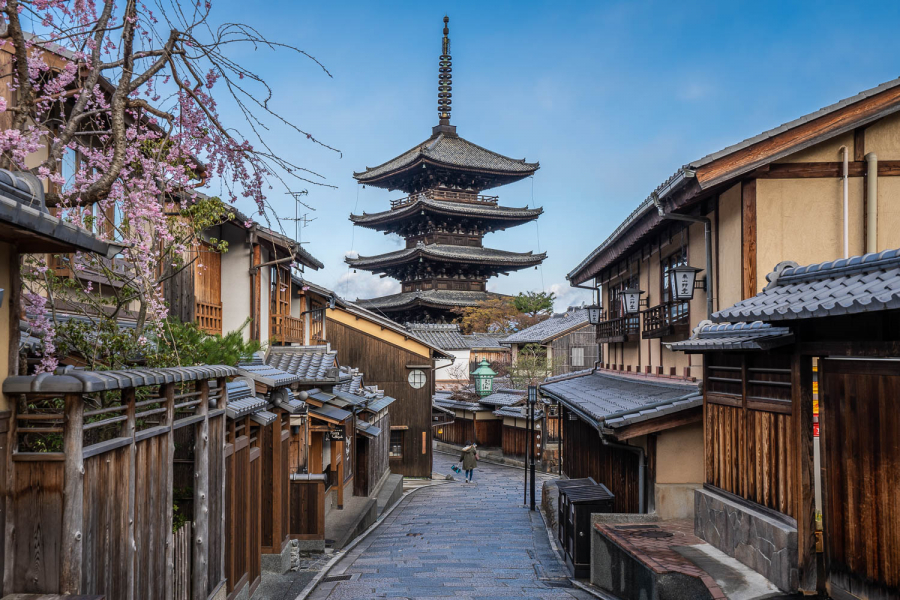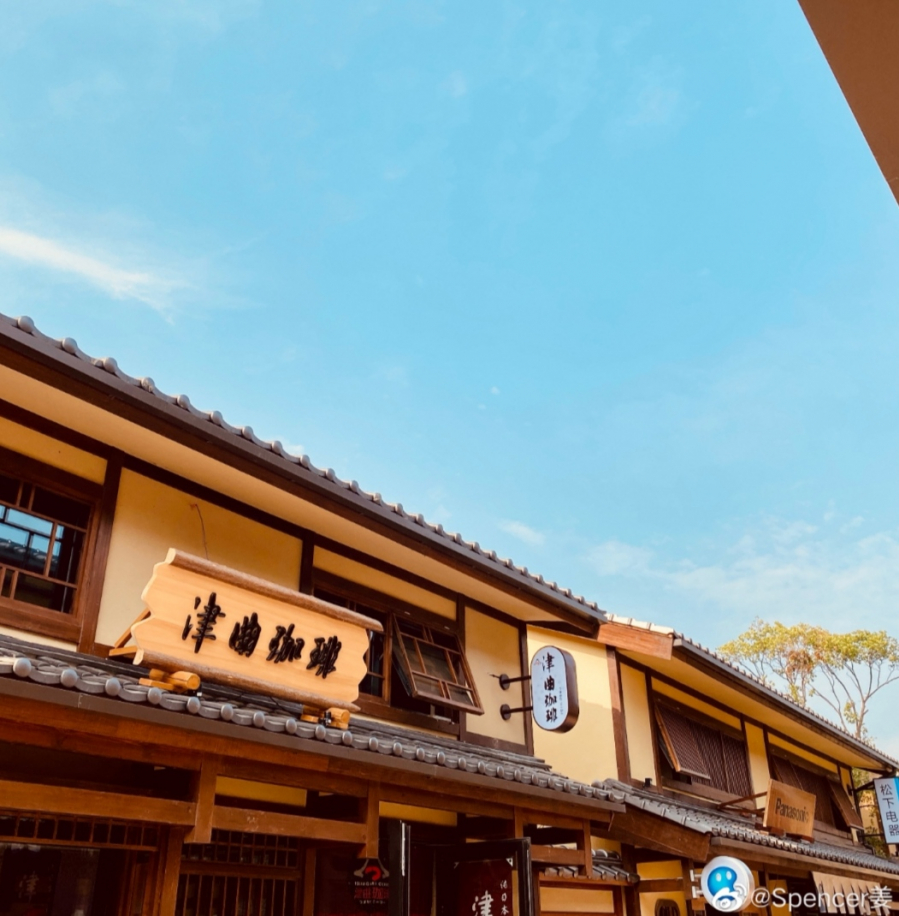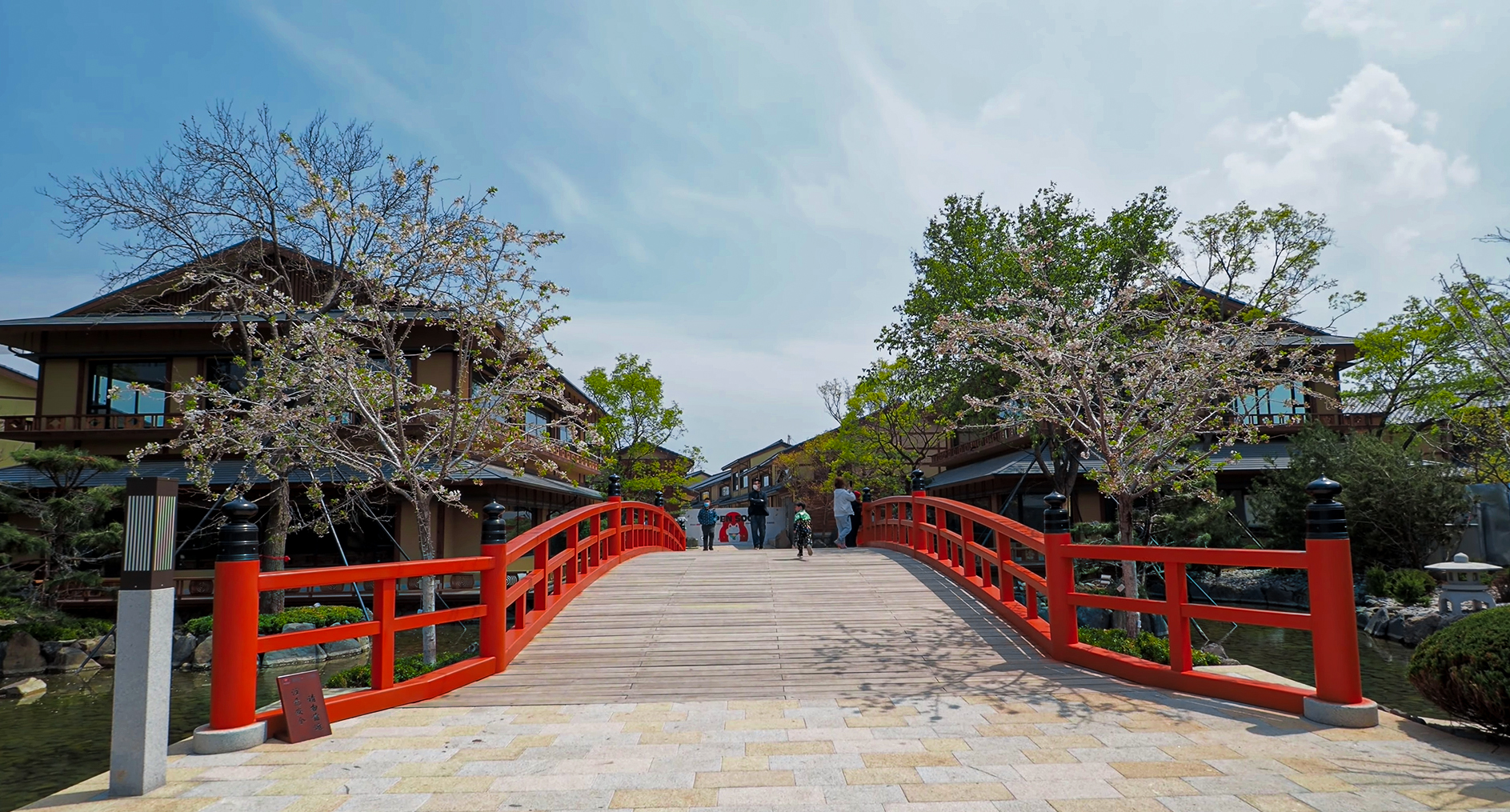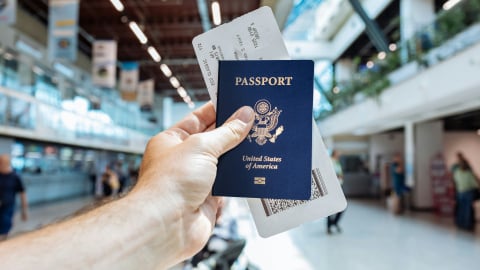Since its first days of trial launch, Tang Little Kyoto has been flooded with tourists, but just a week later, the neighborhood has received a series of criticisms and calls for boycott from Chinese social media users.
Tang Little Kyoto is a residential, shopping, and entertainment district located in Dalian, Liaoning Province. It is modeled after Japan's ancient capital Kyoto, including an area specially designed to resemble the winding roads of the Ninenzaka and Sannenzaka slopes leading to Kyoto's iconic Kiyomizudera Temple. In particular, the area only sells traditional Japanese goods, which has sparked public discontent in China. Some residents have criticized the project developers and the Dalian government for approving the district, saying they have forgotten Dalian's occupation by Japan in the 1930s and 1940s, and that it is a "betrayal of local commerce."

Japan's ancient capital Kyoto, with houses influenced by Chinese architecture from the Tang Dynasty (618-907) - Photo: Internet

Tang Little Kyoto in China - a neighborhood modeled after Kyoto - was invested and developed by Dalian Shuyuan Group and began construction in 2019 at a total cost of $927 million. - Photo: Sina Weibo/Spencer姜
The fierce boycott activities have forced the government to intervene and request Tang Little Kyoto to temporarily stop operations. According to Nikkei, the decision to temporarily stop the operation of this neighborhood includes pressure from netizens, along with concerns about the Covid-19 epidemic in the context of too many tourists.
Alongside the criticism, there are also opinions pointing out that many other cities have also used the appeal of Japanese culture to attract tourists and develop tourism.

Authorities have ordered Tang Little Kyoto to temporarily suspend operations from the night of August 30. - Photo: Weibo Sina Weibo/Spencer姜
It is not yet known whether the area will reopen as it is part of the Tang Little Kyoto project, which is expected to be completed in 2024 and will be a large neighborhood with 1,600 buildings, including a health care facility, hot springs, 83 hotel-style apartments, 1,300 Japanese-style villas and a small shopping complex selling Japanese food and goods.




































